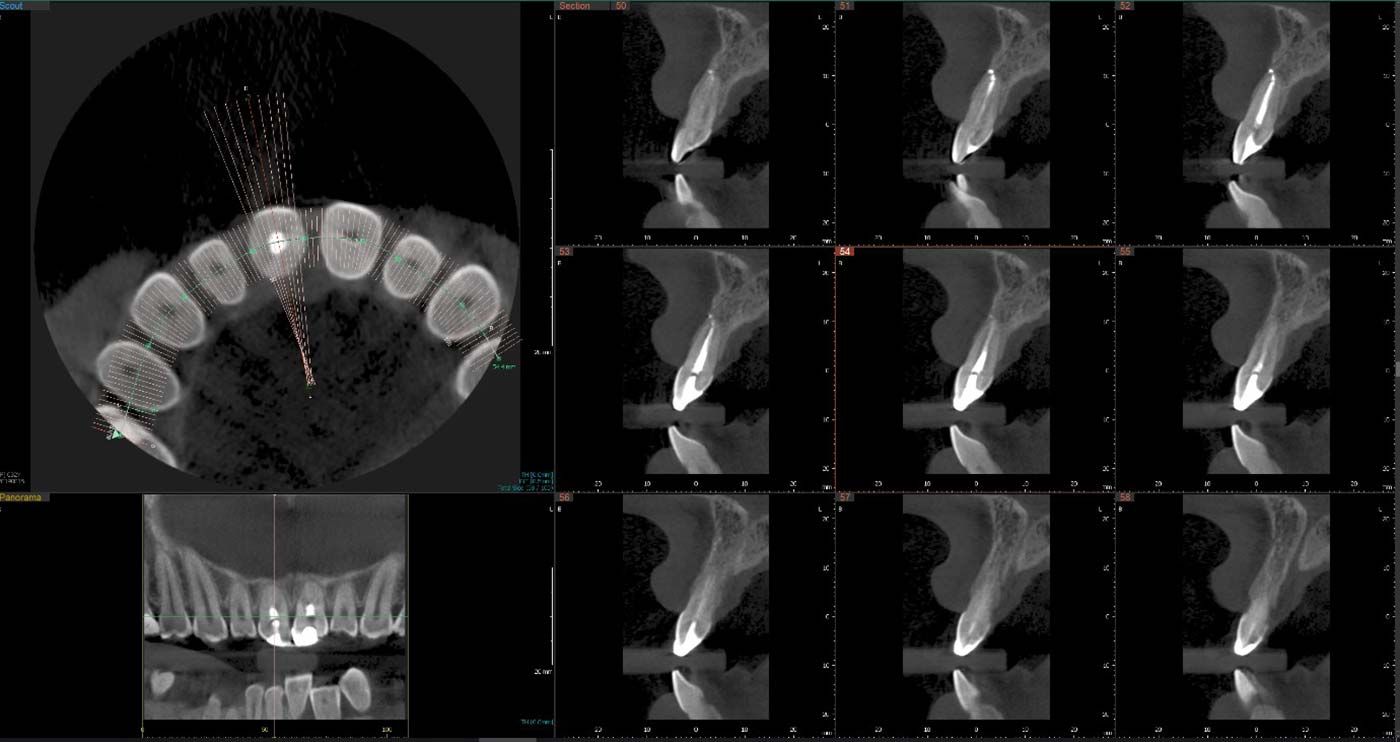3D X-ray Scanning
The 3D x-ray scanners used in dentistry use cone beam computed tomography (CBCT). The x-ray dose is usually much less than a medical CT scan because we do not need a lot of detail of skin, muscle and other soft tissues.
Our CBCT scanner is a Vatech Pax i-3D. It takes high quality scans which is ideal for using the latest digital work flow with dental implant planning. Our CBCT scanner does everything we need it to do and we even have referrals from other specialists when they require a highly detailed, high resolution scan, especially for difficult root canal treatment cases.
The CBCT machine builds a 3D model of the scanned area. We then use specialist software to look at a 3D reconstruction, or cut sections through the model at any desired point to identify important anatomical structures. This ultimately helps us to keep treatment complications to a minimum.
